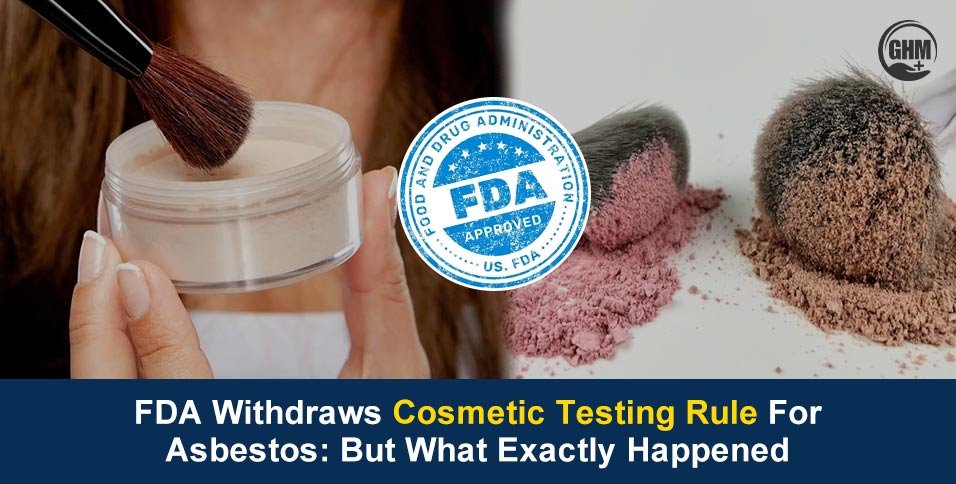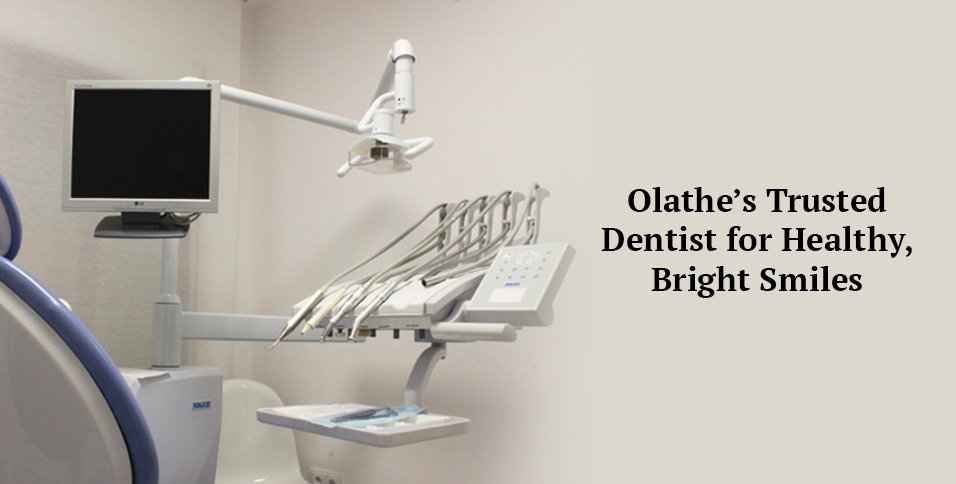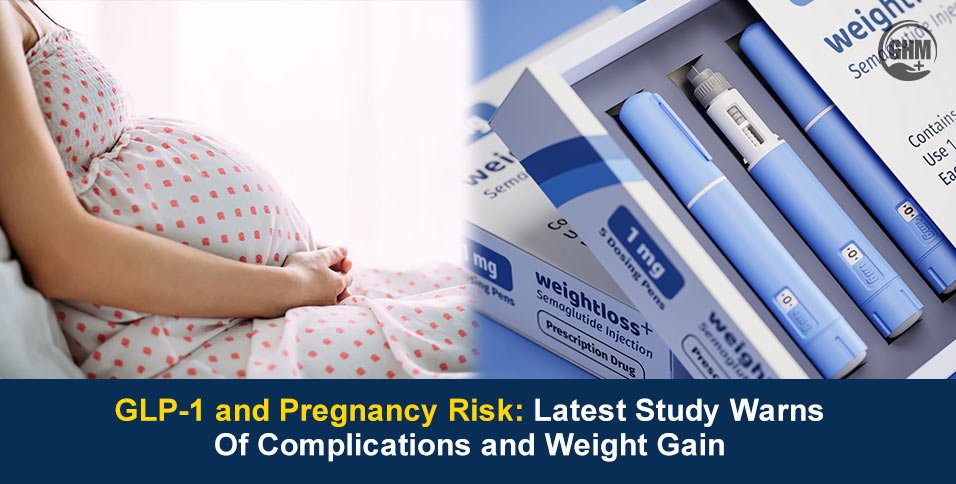The U.S. Food and Drug Administration (FDA) has officially withdrawn the proposed cosmetic testing rule that would have required standardised asbestos testing for talc-containing cosmetics.
The proposed rule, introduced under the Modernisation of Cosmetics Regulation Act of 2022 (MoCRA), aimed to protect consumers by ensuring cosmetics with talc were free from asbestos contamination.
With the withdrawal, thousands of cosmetics that use talc may no longer be subject to mandatory asbestos testing, raising concerns about public safety.
Why Was the Cosmetic Testing Rule Withdrawn?
1. Scientific, Technical and Legal Challenges
The FDA cited “complexity of asbestos testing,” as well as scientific and technical problems raised by public comments, as key reasons for withdrawing the proposed rule.
The initial proposal would have required rigorous testing of talc-containing products using advanced microscopy methods like Polarised Light Microscopy (PLM) and Transmission Electron Microscopy (TEM), to detect asbestos.
Some of the objections came from concerns that the rule might unintentionally affect not just cosmetics, but also certain drug-cosmetic products, increasing regulatory burden.
2. Policy Shift Under MAHA Priorities
The FDA’s withdrawal references alignment with “Make America Healthy Again (MAHA)” priorities, the current administration’s health-policy agenda.
Officials said they plan to revisit the rule and potentially propose a new version in the future that better addresses technical and legal concerns.
What the Original Cosmetic Testing Rule Included
If it had been finalised, the rule would have required:
- Testing every batch (or “lot”) of talc-containing cosmetics or the talc ingredient itself for any presence of asbestos.
- Using validated testing methods for reliable detection of asbestos fibres.
- Maintaining detailed records of all test data and supplier certificates for at least three years, allowing regulatory oversight.
- Classifying any cosmetic product as “adulterated” under the Federal Food, Drug, and Cosmetic Act if asbestos was detected, which would bar its sale.
The rule was designed to address the fact that talc, a mineral widely used in powders, makeup and other cosmetics, is often mined from geological formations that also contain asbestos, raising the risk of contamination.
Reactions and Worries From Health Advocates
The Environmental Working Group (EWG) strongly criticised the withdrawal.
As their Senior Vice President said, “Needlessly exposing people to asbestos in personal care products will not make Americans healthy again.”
The EWG reminded that asbestos is a known human carcinogen, and even tiny inhaled fibres like those possibly present in talc powders can raise the risk of serious diseases such as lung cancer, mesothelioma, and ovarian cancer.
Independent lab tests commissioned by EWG in the past found asbestos in roughly 15% of sampled talc-based cosmetics, underscoring real-world risk.
Many public-health experts and consumer-safety advocates have flagged the withdrawal as a major setback for long-term protection from asbestos exposure through everyday beauty products.
What Happens Next to ‘The Talc Testing’
The FDA said it remains obligated by MoCRA (2022) to develop testing regulations for asbestos in talc cosmetics, so the withdrawal is not the end, but a pause.
The agency plans to issue a new, revised proposed rule in the future. It will take into account feedback from stakeholders about testing complexity and economic costs.
Meanwhile, cosmetics manufacturers operate without a federal requirement for standardised asbestos testing, potentially leaving consumers at risk until a new rule is finalised.
What You Should Know
- For consumers:
Products containing talc, such as powders, makeup, foundation, eye shadows, etc., may still carry asbestos contamination. Without mandatory testing, there is no guarantee of safety.
- For healthcare professionals:
The risk remains, asbestos exposure has serious long-term health consequences, especially with repeated use over time. Advocacy and continued testing of talc products remain important.
- For policymakers and regulators:
The withdrawal highlights how regulatory complexity, scientific uncertainties, and industry concerns can slow adoption of safety standards.
But given the known dangers of asbestos, re-examining and accelerating a replacement rule should remain a priority.
Conclusion
This decision by the FDA to withdraw the proposed cosmetic testing rule on asbestos in talc-based cosmetics marks a pause but not a full stop in efforts to regulate potential carcinogen exposure from everyday personal-care products.
While the agency cites scientific, technical, and legal challenges, the health risks tied to asbestos remain real and well-documented.
For consumers, industry stakeholders, regulators, and health-care leaders alike, this development serves as a reminder of the urgency and importance of establishing clear, enforceable standards for cosmetic safety.


















